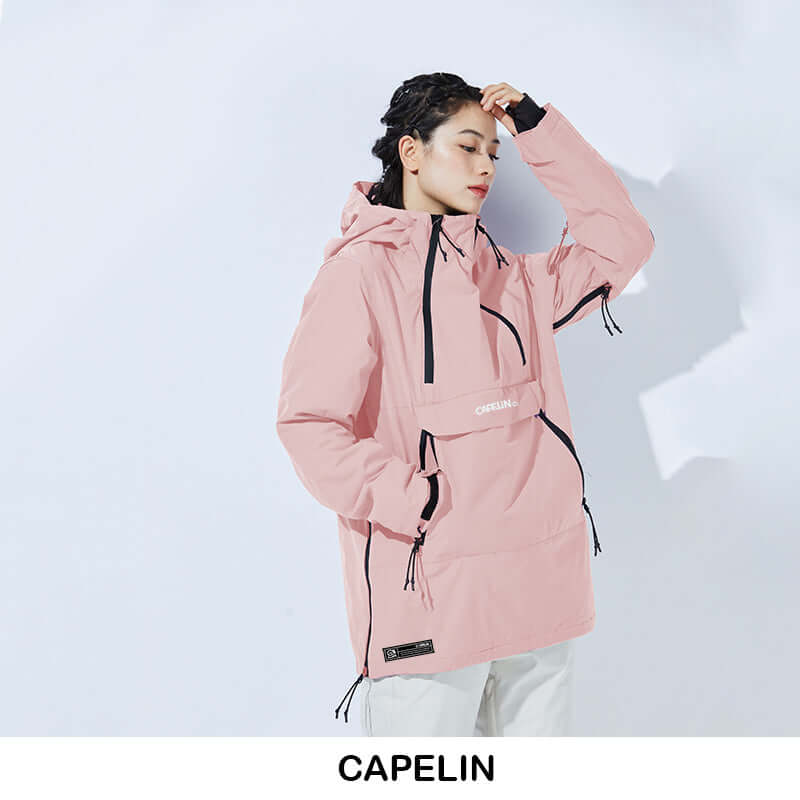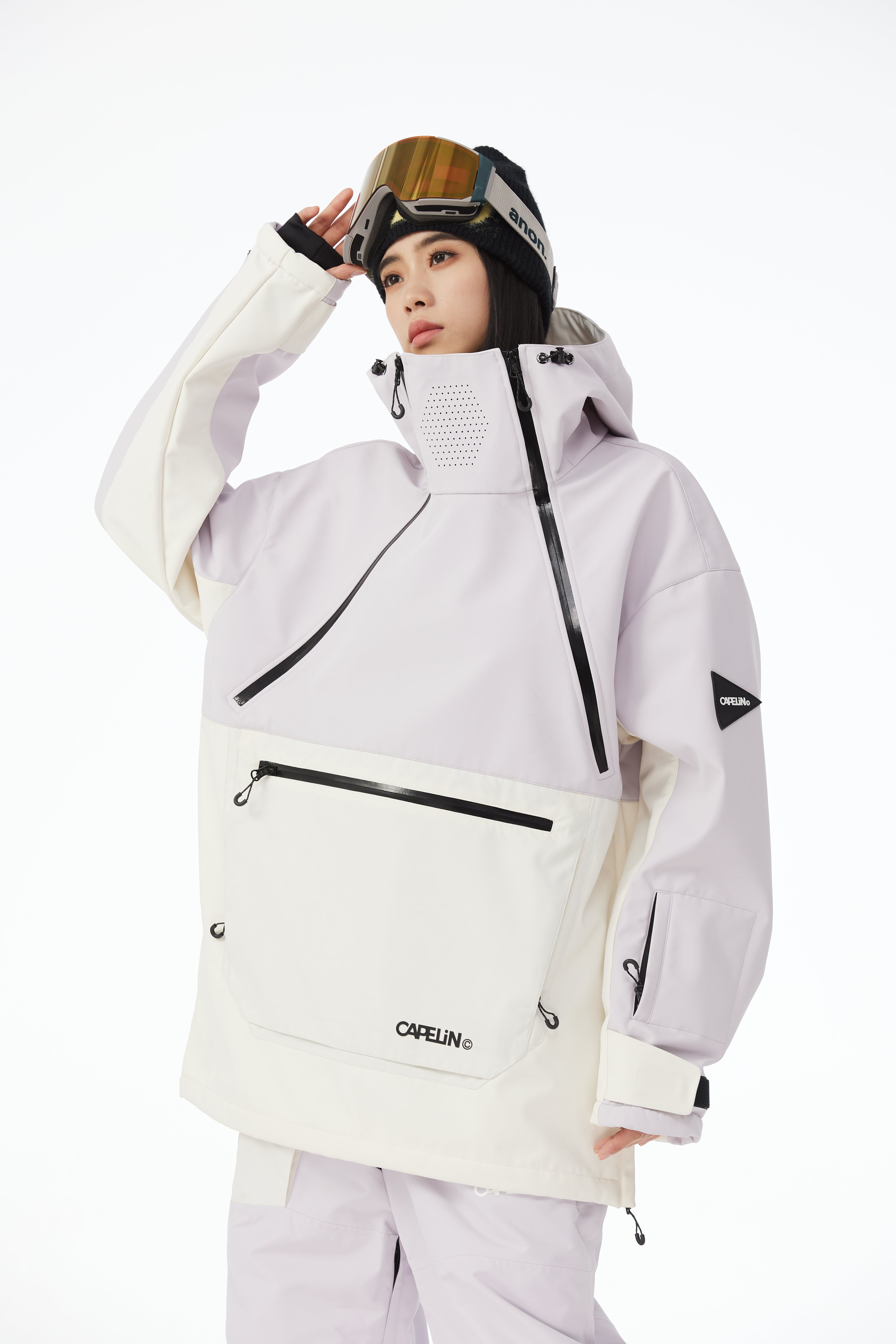When it comes to choosing the right snowboarding or ski jacket, one of the most important factors to consider is how waterproof it is. After all, no one wants to end up soaking wet and cold after a long day on the mountain. But what do all those different numbers and ratings mean? Here's a breakdown of the different levels of waterproofness in snowboarding and ski jackets, and what they mean for your next adventure on the slopes.
Waterproof Ratings For Jackets
First, let's talk about what waterproofness actually means. Essentially, it refers to how well a jacket can resist water penetration. This is measured in millimeters, and it's important to note that a jacket's waterproofness can be affected by a number of factors, including the quality of the fabric, the construction of the jacket, and the presence of seams and zippers.
When you see a waterproof rating listed for a snowboarding or ski jacket, such as 5,000mm or 20,000mm, it refers to the amount of water pressure that the jacket can withstand before water starts to penetrate the fabric. To put this in perspective, a rating of 5,000mm means that a jacket can withstand 5,000 millimeters (or 5 meters) of water pressure before it starts to leak.
Waterproof Jacket Rating: A live example
Now, let's take a closer look at the different levels of waterproofness that you might see on a snowboarding or ski jacket:
-
Water-Resistant: A water-resistant jacket is designed to repel light rain or snow, but it's not fully waterproof. Typically, a water-resistant jacket will have a rating of around 1,000mm to 5,000mm, meaning it can withstand light rain or snow for a short period of time, but it's not suitable for heavy or prolonged exposure to wet weather.
-
Waterproof: A waterproof jacket is designed to keep you dry even in heavy rain or snow. A jacket with a rating of 5,000mm to 10,000mm will be suitable for most snowboarding and skiing conditions, but if you're planning on spending a lot of time in wet conditions or heavy snow, you might want to opt for a jacket with a higher rating.
-
Very Waterproof: A jacket with a rating of 10,000mm to 20,000mm is considered very waterproof. This level of waterproofness is ideal for those who plan on spending extended periods of time in wet or snowy conditions, such as backcountry skiing or snowboarding.
-
Extremely Waterproof: For those who are serious about their snowboarding or skiing, an extremely waterproof jacket might be the best choice. Jackets with a rating of over 20,000mm are considered extremely waterproof and are designed to withstand the harshest conditions.
Conclusion
It's important to note that a jacket's waterproofness (waterproof rating) is just one factor to consider when choosing the right snowboarding or ski jacket. Other factors to consider include breathability, insulation, and overall fit and comfort. However, by understanding the different levels of waterproofness and what the ratings actually mean, you'll be well on your way to choosing the right jacket for your next snowboarding or skiing adventure.
FAQ:
Q: Is waterproof, water resistant, water repellent the same thing?
A: No! They are definitely not the same thing. Although these terms were used interchangably. Waterproof normally means there is a layer of membrane behind the fabric to avoid water pressure seeking through, while water repellent means the water will remain as droplet on the surface.
Q: Is the higher the waterproof rating, the better quality the jacket?
A: No. Waterproof rating is only one consideration of the jacket. One need to note that the higher the waterproof performance, the lower the breathability performance will be. Besides that, a jacket needs to have multiple pocket, inner pockets, hooks and other performance accessories. To choose a perfect snowboard jacket, waterproof rating is only one of the factors.












